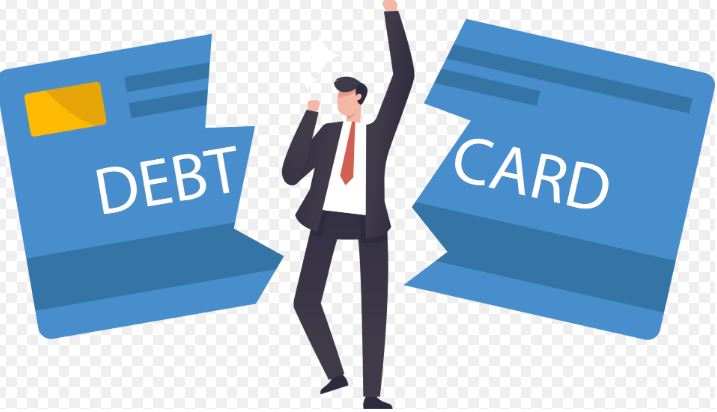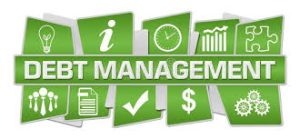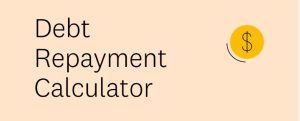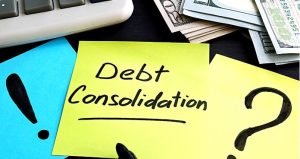Credit card debt can be a significant financial burden, but with the right strategies, you can pay it off faster than you might think. This guide will explore various credit card debt payoff methods, helping you choose the best approach for your situation.
Skale Money Key Takeaways
- Choose a debt payoff strategy that aligns with your financial situation and personality, whether it’s the snowball method for quick wins or the avalanche method for maximum interest savings.
- Pay more than the minimum on your credit cards whenever possible to accelerate your debt payoff and reduce the total interest paid over time.
- If you have good credit, consider debt consolidation or balance transfer options, as these can simplify payments and potentially lower your interest rates.
- Implement lifestyle changes to support your debt payoff journey, such as reviewing and cutting unnecessary expenses, using cash for purchases, and applying financial windfalls to your debt.
- Build an emergency fund alongside your debt payoff efforts to prevent accumulating new debt when unexpected expenses arise. Start with a small goal and gradually increase it over time.
Table of Contents
Effective Strategies for Credit Card Debt Payoff
Target One Debt at a Time
Focusing on one debt at a time can make your payoff journey more manageable and motivating. This method involves making minimum payments on all debts while putting extra money toward one specific debt.
Best for Those who feel overwhelmed by multiple debts and need a clear focus.
| Pros | Cons |
| Provides a clear focus | Might pay more interest overall if not targeting the highest-interest debt first |
| Motivating as you see individual debts disappear | Might pay more interest overall if not targeting highest-interest debt first |
| Simplifies the debt payoff process | Requires discipline to stick to the plan |
Focus on High-Interest Debt
Prioritizing high-interest debt can save money in the long run by reducing the interest you pay over time.
Best for: Those with multiple debts at varying interest rates.
| Pros | Cons |
| Saves money on interest | May feel less motivating if high-interest debts are large |
| Reduces overall debt faster | Requires careful tracking of interest rates |
| Financially efficient | Smaller debts may linger longer |
Try the Snowball Method
The snowball method involves paying off your smallest debt first, then rolling that payment into the next smallest debt, creating a “snowball” effect.
Best for Those who need quick wins to stay motivated.
| Pros | Cons |
| Provides quick wins for motivation | May pay more in interest over time |
| Simplifies finances as you eliminate debts | Not the most mathematically efficient method |
| Builds momentum | Larger, high-interest debts remain for longer |
Pay More Than the Minimum
Paying more than the minimum on your credit cards can significantly reduce the time it takes to pay off your debt and the interest you pay.
Best for Anyone with extra cash flow who wants to accelerate their debt payoff.
| Pros | Cons |
| Reduces interest paid over time | Requires extra cash flow |
| Accelerates debt payoff | May require lifestyle adjustments |
| Improves credit utilization ratio | Less money for other financial goals |
Consolidate Debt
Debt consolidation involves combining multiple debts into a single loan, often at a lower interest rate.
Best for: Those with good credit who qualify for lower interest rates.
| Pros | Cons |
| Simplifies payments | May extend the repayment term |
| Potentially lowers interest rates | Requires good credit for best rates |
| Can improve cash flow | It doesn’t address underlying spending habits |
Transfer Balances
Balance transfers involve moving high-interest credit card debt to a card with a lower or 0% introductory APR.
Best for: Those with good credit and the ability to pay off the debt during the introductory period.
| Pros | Cons |
| Can save significant money on interest | Usually involves a balance transfer fee |
| Provides a set timeframe for payoff | Requires excellent credit for best offers |
| Simplifies payments | Interest may spike after introductory period |
Tap Into Your Home Equity
Using a home equity loan or line of credit to pay off credit card debt can provide lower interest rates.
It is best for Homeowners with significant equity and stable income.
| Pros | Cons |
| Lower interest rates than credit cards | Puts your home at risk if you can’t repay |
| Potential tax benefits | May extend debt repayment timeline |
| Consolidates multiple debts | Requires home equity and good credit |
Lifestyle Changes to Support Debt Payoff
Review Your Spending
Analyzing your spending habits can help you identify areas where you can cut back and allocate more money to debt payoff.
- Track all expenses for a month
- Categorize your spending
- Identify non-essential expenses to cut
- Create a realistic budget
Pay with Cash
Using cash for purchases can help you stay within budget and avoid accumulating more credit card debt.
- Withdraw a set amount of cash each week for discretionary spending
- Leave credit cards at home to avoid temptation
- Use envelope budgeting system for different expense categories
Use Financial Windfalls
Applying unexpected money towards your debt can accelerate your payoff progress.
- Tax refunds
- Work bonuses
- Gifts
- Side hustle income
Advanced Debt Payoff Techniques
Try the Avalanche Method
The avalanche method involves paying off debts in order of highest to lowest interest rate.
Best for: Those who want to minimize interest payments and are motivated by long-term savings.
| Pros | Cons |
| Saves the most money on interest | Maybe less motivating than snowball method |
| Mathematically most efficient | Requires discipline and patience |
| Reduces overall debt faster | Maybe less motivating than the snowball method |
Get Your Spending Under Control
Implementing strict spending controls can free up more money for debt payoff.
- Use budgeting apps to track spending
- Implement a waiting period for non-essential purchases
- Find free or low-cost alternatives for entertainment and dining
- Negotiate bills and subscriptions
Grow Your Emergency Fund
Building an emergency fund can prevent you from accumulating more debt when unexpected expenses arise.
- Start with a small goal, like $500 or $1,000
- Automate savings contributions
- Keep the fund in a separate, easily accessible account
- Increase the fund over time to cover 3-6 months of expenses
Bottomline
Paying off credit card debt requires strategic planning, discipline, and lifestyle changes. Choose the best method for your financial situation and personality, and stay committed to your debt payoff journey. Remember, becoming debt-free is a marathon, not a sprint, but the financial freedom at the finish line is worth the effort.
Frequently Asked Questions
- How long does it typically take to pay off credit card debt? The timeline varies depending on your debt amount, interest rates, and how much you can pay each month. It could take anywhere from a few months to several years.
- Will paying off credit card debt improve my credit score? Yes, it can. It can reduce your credit utilization ratio and demonstrate responsible credit management.
- Should I close my credit cards after paying them off? Keeping credit cards open is generally better, as this maintains your length of credit history and available credit, which can positively impact your credit score.
- Can I negotiate with credit card companies to lower my interest rate? Yes, you can call your credit card company and ask for a lower interest rate, especially if you have a good payment history.
- Is it better to first pay off credit card debt or save for emergencies? It’s often recommended to build a small emergency fund (e.g., $1,000) first, then focus on high-interest debt payoff while continuing to build your emergency savings.
![]()




